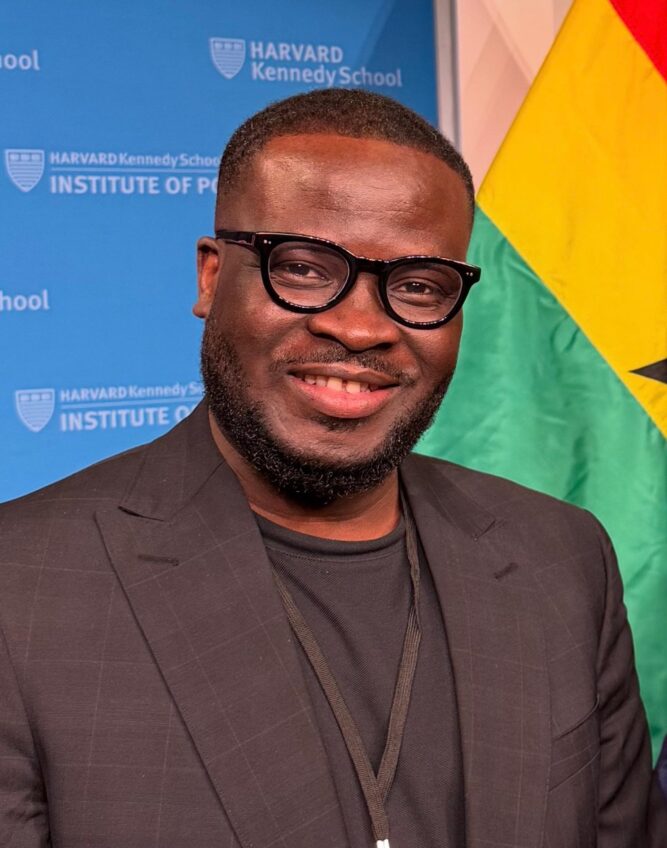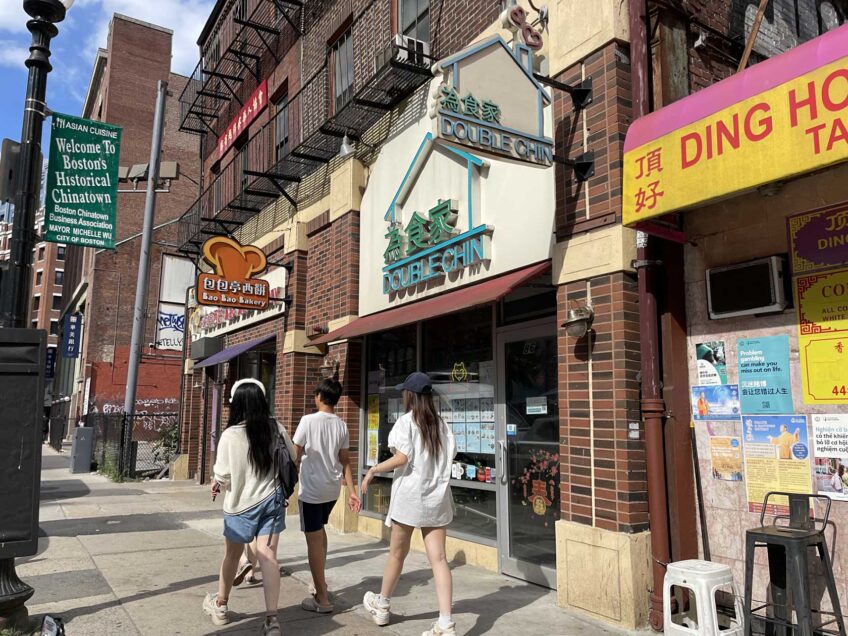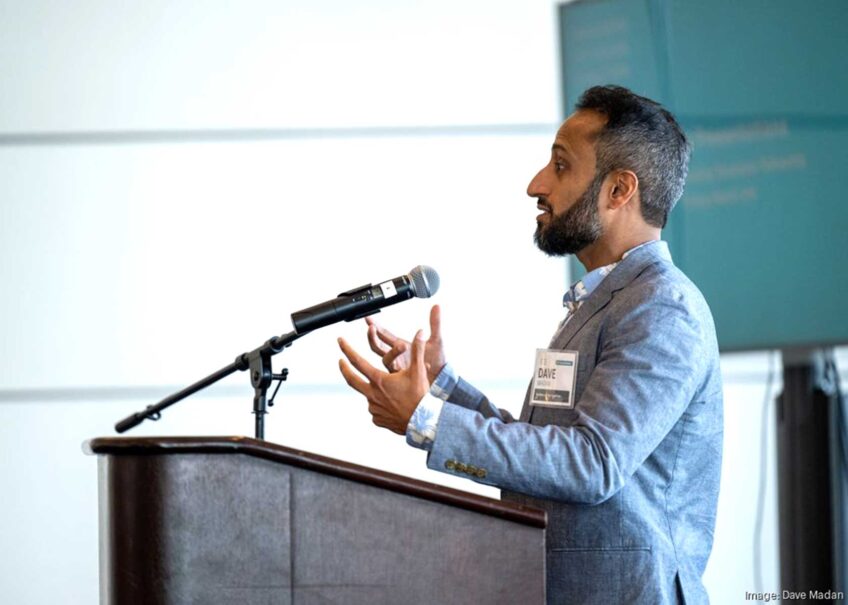The opportunity to redraw our political district lines comes once every 10 years, and it is now the Boston City Council’s turn. During these tough economic times it is easy for us to ignore this issue. But if we don’t get it right this time, we won’t have another opportunity for another decade.
Boston last drew its nine city council districts in 1982, and the map has pretty much remained the same since then. At the time, people of color were about 41 percent of the population but only two of the nine districts (22 percent) were drawn in such a way that people of color could have a chance to win elected office.
The council debated whether to split Dorchester into east and west districts, or north and south and whether to link Chinatown and the South End to South Boston or with other adjacent neighborhoods. Advocates of equal opportunity for communities of color put forward map proposals at the time, but they did not prevail.
In 1992 and 2002, similar issues were debated, but the city council map has remained essentially unchanged since 1982. Now, 53 percent of Bostonians are people of color and still there are only two district councilors of color. This is a clear signal that the current city council districts have served to obstruct, rather than create, equal opportunity for historically under-represented communities.
In the at-large city council races, where there are no district lines, the top vote-getters in last year’s at-large city council race were an African American and a Latino. That part of the election process creates space for fair representation.
But districts still matter. At the state level there were recent redistricting changes that created an opportunity for increased representation by those groups whose population has increased in the past 10 years.
Boston’s redistricting process began with a proposed map that would have split apart the city’s increasingly active Chinatown community, spurring an immediate condemnation, from not only the community, but also from the mayor.
Since then, city council debates have centered on different versions of the status quo. While many councilors say they understand the need for a fairer map, they also want to protect their own seats. If everyone gets to protect their seat, then there is no window for change.
As many of us mourned the recent passing of Mayor Kevin White, we had the opportunity to look at some of the toughest times in our city’s history and to celebrate the many ways that we have changed.
Our current city council map is a relic of our past that needs to be changed. It stands in the way of Boston living up to its promise as a world-class progressive city.
A coalition of organizations from the African American, Latino and Asian American communities has put forward an alternative map that, with a few simple strokes, would increase political opportunity for under-represented communities, particularly in the districts in which we live.
This map, or any other proposal that pays more than lip service to the principle of proportional representation, deserves serious consideration by the council.
Former state Rep. Mel King resides in the South End. Project HIP-HOP Executive Director Mariama White-Hammond is a Dorchester resident.






